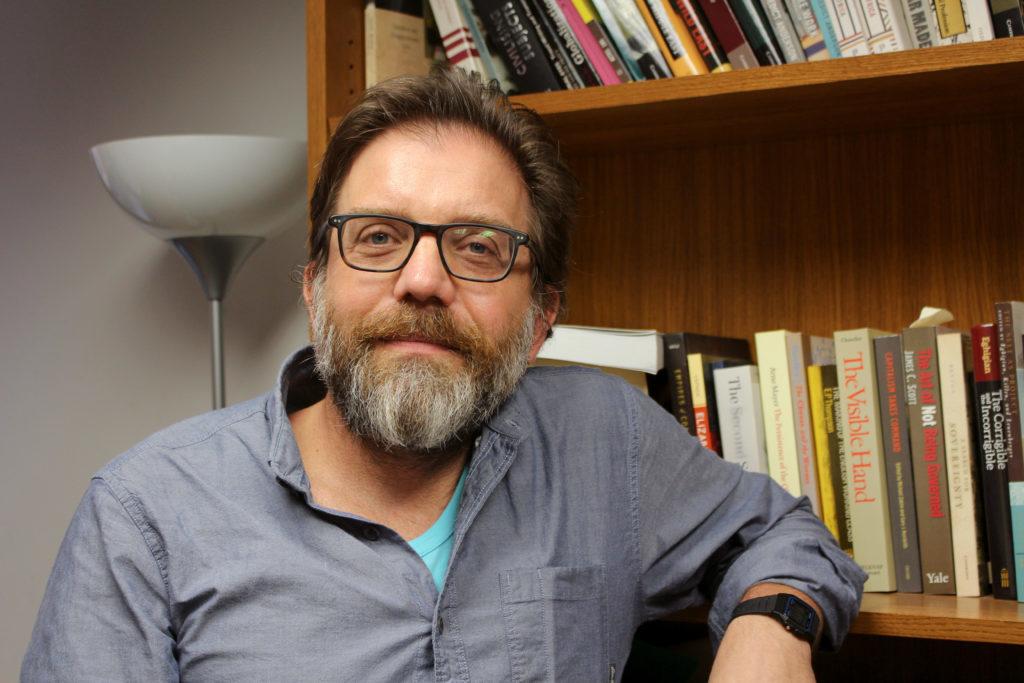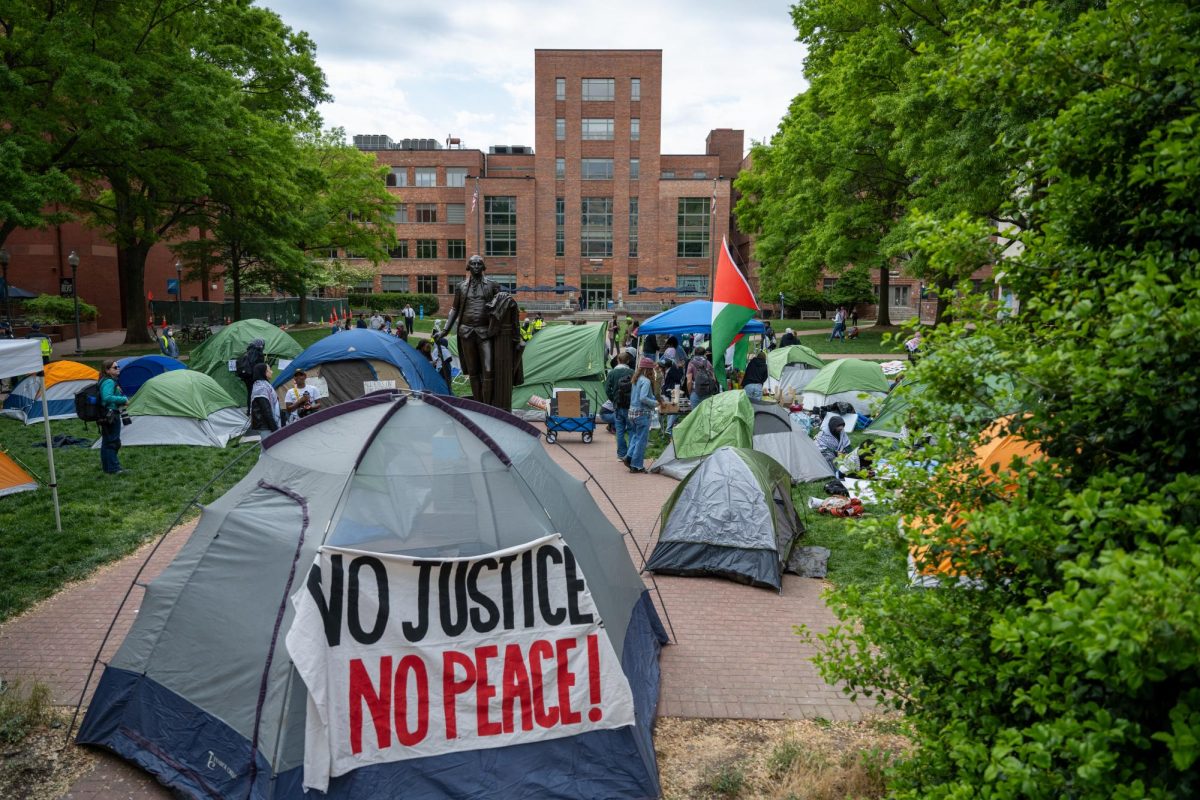Faculty Association members established four working groups last month to discuss and develop recommendations for the University’s next five-year strategic plan.
The association’s committees – each led by a member of the organization’s steering committee and named for their purview – will focus on issues pertaining to shared governance, the strategic culture initiative, nontenured faculty and graduate programs. Faculty leaders said the groups will allow faculty to discuss how they expect the strategic plan to impact them in their roles as teachers and researchers.
Guillermo Orti, the association’s president and a professor of biology, said the committees were created as a result of faculty interest and are meant to provide a space for faculty to discuss shared concerns about the planning process.
“We feel that we did not get all the information we needed to understand where is the basis for all these decisions about a strategic plan,” he said.
A group of professors formed the Faculty Association in 2014 to provide a forum for full-time faculty members to share their concerns about University-wide policies as an alternative to the Faculty Senate, an elected group of tenured faculty.
Orti said association members plan for the working groups to issue recommendations to University President Thomas LeBlanc by the end of the year to match the deadline for the four strategic planning committees to issue recommendations to the Board of Trustees.
LeBlanc created the committees – composed of faculty – this semester to guide the strategic planning process around his four pillars of research, faculty, and undergraduate and graduate students. Orti said LeBlanc’s committees are unable to engage with the full scope of the issues they are charged to investigate because they have predetermined focuses.
“The faculty who are serving in these committees were appointed by the president and they had a very well-defined, restricted agenda or charge,” he said.
Orti said “one or two” of the association’s committees have met so far this semester, and the groups have a few members so far. But he added that all full-time faculty are welcome to join by contacting the leader of the group that they are interested in.
He said he is responsible for facilitating communication between the groups and overseeing their progress in drafting and preparing the recommendations. Orti said the objective of creating the committees was “to support and enhance substantive and meaningful shared governance” by giving faculty more of a role in influencing the plan.
Faculty approved a measure at the annual Faculty Association meeting last week charging certain Faculty Senate committees to request more information from LeBlanc about aspects of his strategic plan.
“I think the president is doing a great job of communicating his vision and his perspective on his plan, but he’s maybe not listening to the faculty as he should,” Orti said.
Laura Schiavo, an associate professor of museum studies and one of the leaders of the contract faculty working group, said she was inspired to join the group because many faculty in the museum studies program do not have tenure and work on renewable contracts, so they are at risk of losing their jobs if LeBlanc’s plan to decrease the ratio of undergraduate STEM majors leads to job losses in non-STEM departments.
Schiavo said her group is intended to be “a place for contract faculty at the University to just talk about issues that affect contract faculty in particular.” She added that communication between officials and faculty is limited regarding the impact the strategic plan may have on faculty.
“There’s very little clarity on what the plan is, what the plan is for making up the shortfall in budget, there’s no clarity about sort of the endgame of this,” Schiavo said.
She said group members plan to gather for the first time in early November to discuss the common issues they face and how they plan to deal with them.
“Nobody knows any answers to any questions about what this is going to mean, and I think there’s some fear that the people who are the least protected might be the most vulnerable,” Schiavo said.
Andrew Zimmerman, the association’s vice president and the leader of the Graduate Program Working Group, said officials have not followed “normal shared governance” procedures to guide the strategic planning process, instead mostly using “rhetoric and pronouncements.”
“We were concerned about the process that it didn’t seem to have a lot of input from faculty, and we were concerned that some of President LeBlanc’s proposals seemed reckless to a lot of us,” Zimmerman said. “They didn’t seem to have any data or clear reasoning behind them.”
He said he feels that the uncertainty surrounding LeBlanc’s plans could benefit faculty in the long run because it led to the formation of these working groups that can bring in faculty who feel left out of the strategic planning process.
“One of the good things about this process is how much the truly alarming things coming from President LeBlanc, and presumably supported by the Board of Trustees, have brought faculty together and reminded us how much we can depend on each other and how much we value our students and each other,” Zimmerman said.








